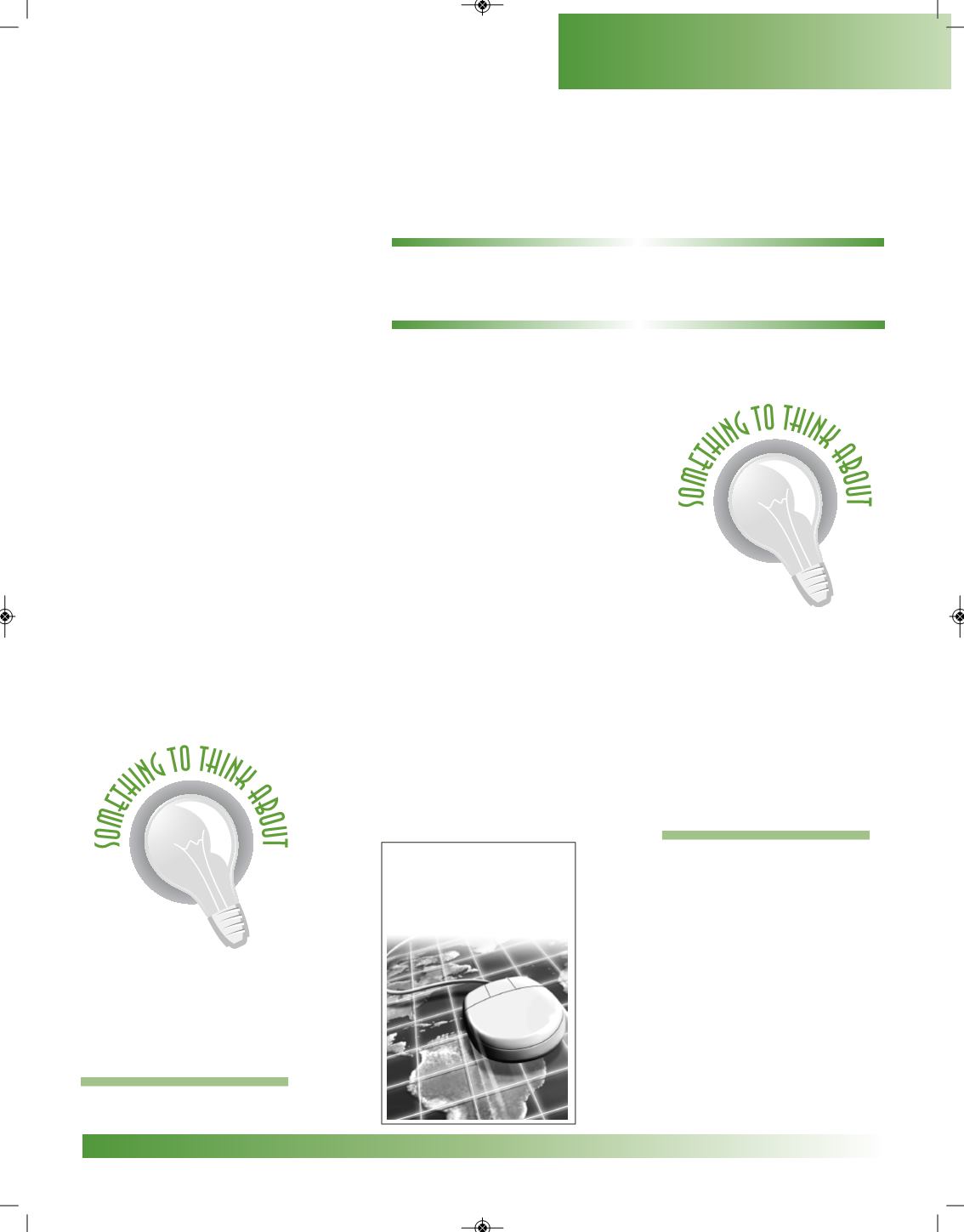
Lesson 39: (cont.)
Physical Features of the Pacific Region
To study thewaterforms and landforms of thePacificRegion, youwill need theUnitedStatesPhysical
Map in your
AtlasBuddy (AB)
on page ix.
ACTIVITY 3:
LabelingWaterforms
Refer to your
Atlas Buddy (AB)
. A) Locate the
Pacific Ocean
,
Bering Sea
, and
Arctic Ocean
.
B) Label the regional map on the previous pagewith each of thesemajor waterforms.
ACTIVITY 4:
LabelingWaterforms
Letters have been used to identifymajor rivers and other important waterforms in the Pacific Region.
Find each location on your regional map.Trace thewaterforms with a blue pencil and label them.
Letter A =SacramentoRiver
Letter B =San JoaquinRiver
Letter C =ColoradoRiver
Letter D =SnakeRiver
Letter E =ColumbiaRiver
Letter F =WillametteRiver
Letter G =YukonRiver
Letter H = LakeTahoe
Letter I =Crater Lake
Letter J =Upper Klamath Lake
Letter K =GrandCoulee
Letter L =Puget Sound
Letter M =PrinceWilliamSound
Letter N =Gulf of Alaska
Letter O =Cook Inlet
Letter P =Pearl Harbor
COPYRIGHT
77
PENNSVALLEY
Pacific Region
Boats are able to travel an
Inside
Passage
from Seattle, Washington,
to Skagway, Alaska. Use the
Internet to explore the chain of
islands that make up the Inside
Passage. Ask your teacher for a
map of the Pacific Region from the
Blackline Master File (BLM)
. Map
a route for your boat fromSeattle
toSkagway.
The
Bering Strait
provides a
passage route from the
Bering Sea to the Arctic
Ocean. As you pass
through the Bering
Strait, Alaska and
Russia are only 51
miles apart. On your
regional map, label the
Bering Strait, Russia,
and Alaska.
The
long
daylight
hours of the
Matanuska Valley help
farmers grow cabbages
that canweigh one
hundred pounds.
Click
&
Learn


